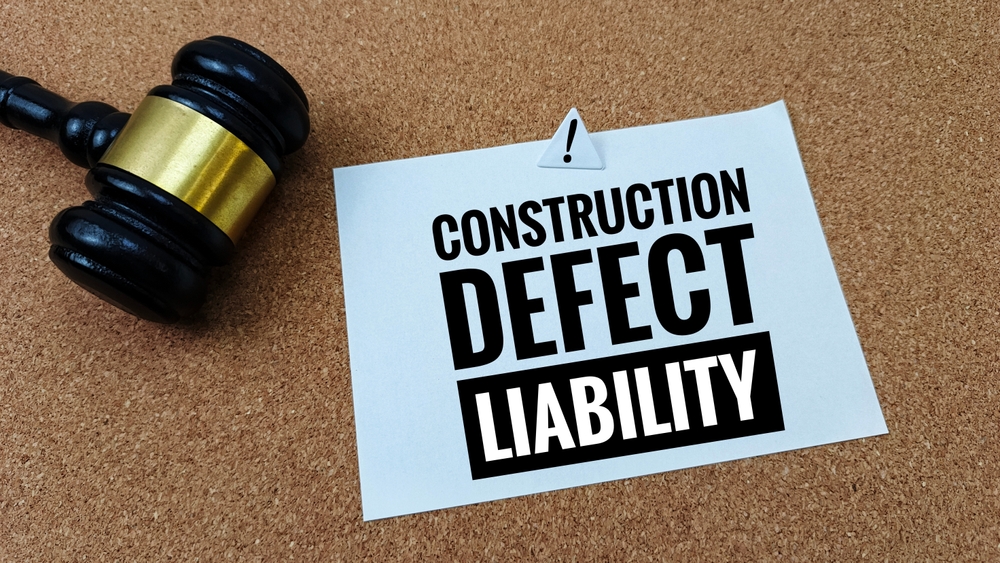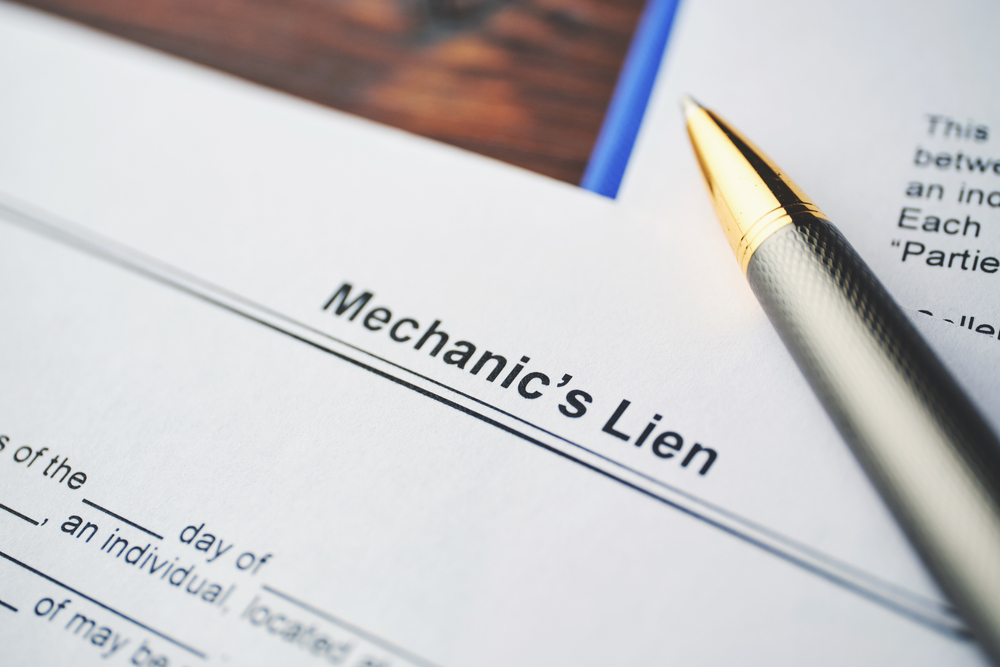

How does one perfect a lien?
The most important aspect of perfecting a lien is giving timely notice to the relevant parties in the action. Texas law has strict rules regarding notice, in order to ensure that anyone who may be vulnerable to a lien claim is given sufficient time and opportunity to minimize their liability.

How to Obtain a Lien
Lien filing can be complicated, and there are very important notice requirements that must be followed in order to have a valid lien claim. Generally, in order to have a valid lien, one must:
There are different rules to follow, depending on whether you are a prime contractor (or general contractor), a subcontractor, or a laborer. Additionally, there are different requirements for a commercial property and a residential property. Lastly, all liens should be filed in the county where the property is located.
Information needed for a Valid Lien
Before sending notice and filing a lien, you must obtain the following:
Who you are, and what type of project it is, will determine both when, and who you must send your notices to. Furthermore, all notices must be sent via certified mail. The notice timelines in Texas are strictly enforced. If you miss even one, then your lien will be invalid.
As previously stated, you must keep in mind the dates that the labor and/or material is provided to the property. This is because the timeline runs from the work was actually performed, not the dates listed on your invoices. Commercial projects have a different timeline than residential projects.
Notice and Filing requirements for Residential Projects
The first step is identify where you fall on the list of contractors, subcontractors and material suppliers.
General Contractors: If you are a prime contractor (general contractor) then there is no need to provide preliminary notice. A General Contractor must file the lien by the 15th day of the 4th month after the debt hasn’t been paid, and send notice of the filing no later than the 5th day after the date of filing.
Sub-Contractors (Residential):
First, a subcontractor must send a formal intent to lien to both the owner and the Original Contractor.
For a residential project, you have until the 15th day of the 3rd month after the last work was done or the last material was supplied to file your lien.
A sub-contractor must provide notice to the owner of the property, and the prime contractor, by the 15th day of the 2nd month the debt was accrued. They must then file your lien by the 15th day of the 3rd month after the debt was accrued.
Other Contractor/Laborer:
If you are a contractor who contracts with the sub-contractor, not the prime contractor, then you must send notice by the 15th day of the 2nd month to the prime contractor and the 15th day of the 3rd month to both the prime contractor and the owner. You must then file by the 15th day of the 4th month after the debt was accrued, and send notice of the filing no later than the 5th day after the date it was filed.
Suppliers or others with a valid interest: A supplier or other persons with a valid interest must send notice by the 15th day of the 2nd month after the debt was accrued to both the prime contractor and the owner. They must file by the 15th day of the 3rd month after the debt was accrued, and send notice of the filing no later than the 5th day after the date it was filed.
Notice and Filing requirements for Commercial Projects
Prime Contractors/General Contractors (non-residential):
A prime contractor needs to provide notice to the owner of the property by the 15th day of the 2nd month after the debt was accrued. A prime contractor needs to file the lien by the 15th day of the 4th month after the debt has not been paid, and send notice of the filing no later than the 5th day after the date of filing.
Sub-Contractors (non-residential):
The first notice that is required to be sent is only a statement of the amount you are due. This letter must be sent the 15th day of the 2nd month after the first work was done or material supplied. The first notice is only sent to the General Contractor because it is simply a statement letting the general contractor know that you are owed money for the project.
A sub-contractor needs to provide notice to the owner of the property and the prime contractor by the 15th day of the 3rd month after the debt was accrued.
For a commercial project, you have until the 15th day of the 4th month after the last work was done or the last material was supplied to file the lien. You must then send notice that you filed your lien no later than the 5th day after it was filed.
Suppliers or others with a valid interest: If you fall into the category of a supplier, you must send notice by the 15th day of the 2nd month after the debt was accrued to the prime contractor. You must send notice to both the prime contractor and the owner by the 15th day of the 3rd month after the debt was accrued. Finally, you must file by the 15th day of the 4th month after the debt was accrued, and send notice of the filing no later than the 5th day after the date after it was filed.
Once again, keep in mind that all notices must be sent via certified mail.
Filing Liens against a Homestead
When an original contractor performs work for the repair or improvements to a residential home, there very stringent requirements for perfecting a lien. A homestead is generally the place of residence for a family or individual and is secure from forced sale by general creditors. In Texas, an individual or their spouse are entitled to once homestead at a time.
In order to be entitled to filing a mechanics and materialmen’s lien against a homestead, the original contractor and owner (and if applicable the owner’s spouse) must sign a written contract providing the terms of their agreement before the work begins and no more than 5 days after the owner has applied for credit to finance the work. The contract must contain specific language regarding the owner’s ability to rescind the contract without penalty within three days after all parties have signed the contract. The contract must be signed by the owner (and the owner’s spouse) at the office of the lender financing the work, at an attorney’s office, or a title company and then filed in the real property records of the county in which the property is located.
If the original contractor for a project follows the above procedures at the time it enters into a contract with an owner, then it has provided the legal basis for valid mechanic’s and materialman’s liens to be filed on that project not only by the original contractor, but by all downstream subcontractors and material suppliers as well. It also follows that if the original subcontractor fails to the requirements, then subsequent subcontractors will be unable to file a mechanic’s and materialmen’s lien on the homestead.
The Cromeens Law Firm specializes in filing and enforcing lien claims. If you require legal assistance, schedule a consultation and we would be happy to help you.
Karalynn Cromeens is the Owner and Managing Partner of The Cromeens Law Firm, PLLC, with over 17 years of experience in construction, real estate, and business law. A published author and passionate advocate for contractors, she has dedicated her career to protecting the businesses her clients have built. Karalynn is on a mission to educate subcontractors on their legal rights, which inspired her books Quit Getting Screwed and Quit Getting Stiffed, as well as her podcast and The Subcontractor Institute.

